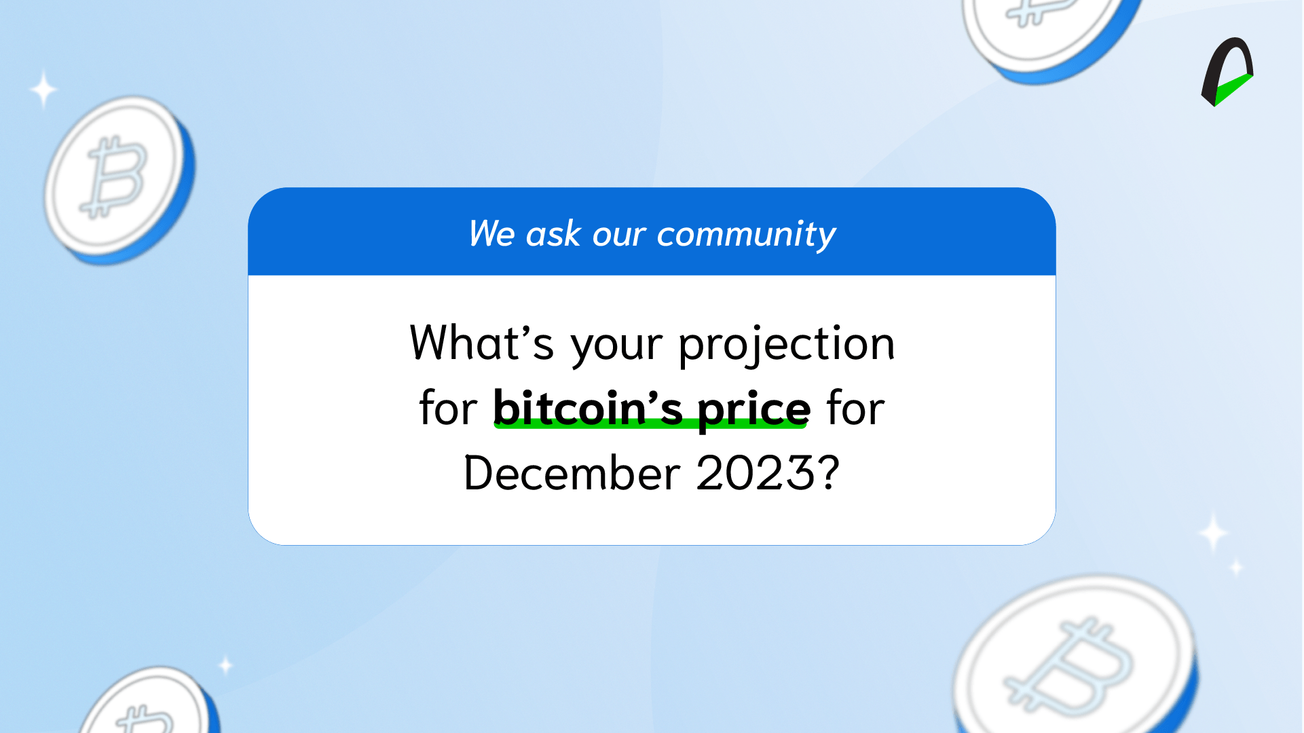If you've researched crypto over the last two years or so, the concepts of yield, APY, staking, yield farming, liquidity mining, and so on keep popping up in most articles. They all seem to be related in some way; some of them mean pretty much the same, everything looks confusing, and it's easy to end up with mixed ideas.
This article will discuss different ways investors can passively earn yield in the DeFi ecosystem. After reading this, you will hopefully understand how some protocols work.
But first, some key concepts 📚
- Yield: the amount of income generated by an investment. In crypto, these income/dividends may come in different forms, such as fees paid in the same invested token, rewards in another token, etc.
- APY: means Annual Percentage Yield. This is often misleading in crypto because it's not fixed. Most protocols show an average of the past APYs through an arbitrary time window.
- APR: Annual Percentage Rate. It's used in some protocols as the counterpart of the APY. It shows how much interest and fees must be paid when taking out a loan. Some projects use APR instead of APY for yield.
- Stake/Staking: it's when tokens are "locked up" for a period of time to earn passive income/yield. The rewards are commonly earned as tokens from the protocol or ecosystem. Tokens can be staked in Proof-of-Stake networks or protocols.
- TVL: Total Value Locked. This indicator shows how much money from users is invested/staked/locked inside a protocol. It's a good way to measure the health of a project (more is always better, most of the time).
With these basic concepts in mind, we will discuss the different ways to earn passive income or yield in various categories of DeFi projects. The source of most of the following metrics comes from DeFi Llama 🦙 at the time of writing.
Dexes 🔁

DEXs (short for Decentralized Exchanges) is the category with more active protocols and TVL to date, with almost 600 projects and a combined TVL of 23.5Bn USD across all chains.
DEXs are the primary way where users make trades in the DeFi landscape. They don't work like centralized exchanges (i.e., Binance). Instead of an order book, the trades are peer-to-peer transactions using liquidity pools (LP). Liquidity pools are smart contracts where investors and users deposit tokens.
When you trade one token for another in a DEX, you deposit money in the smart contract and withdraw the equivalent of the other token. The amount of the withdrawn token is based on a formula that may vary from DEX to DEX.
How can you make money with DEXs ? 🤔
For the pools to exist, users must deposit money without taking the other token. Without those users, liquidity pools would always be empty.
Here is where liquidity providers (or liquidity miners ⛏) come into play. Their role is to fill the pool with money so other users can trade. They make a profit because for every trade a user makes, they pay a fee to the protocol, and part of that fee goes to the liquidity providers.
Curve protocol
With a presence in over ten networks, Curve is the DEX with the highest TVL in this category (6.38Dn USD). 3pool (0.21% base APY oct. 12 2022) and tricrypto (0.67% base APY oct.12 2022) the most notable liquidity pools at the protocol.
Although the APY in Curve pools are not that appealing, it is widely used because liquidity providers can stake their LP tokens in other protocols and boost their yield (it's a receipt for the money deposited in an LP in the form of a token 🪙).

In the image above, interesting events are shown with arrows. For example, one important growth catalyst for the protocol was the convex launch, the platform where users can stake their Curve LP tokens.
Token depegs, on the other hand, affect badly if the DEX has tokens in any pool. In the case of stETH, for example, the most significant pool with the staked version ETH was in Curve.
Lending 🤝

The second biggest category by TVL is lending, with 14.36Bn USD and around 185 projects.
Lending protocols, as the name implies, are projects where users can borrow or lend money. There's a critical difference between DeFi loans and traditional loans.
In most lending protocols, users must add collateral to borrow money. For many people, this sounds strange. Why would anyone add more funds in collateral than the amount they want to borrow? One example will be if the collateral is expected to raise in price.
How to make money here 🤔? ➡ Lending OC
Compound III
V3 is the latest upgrade of Compound, one of the most significant lending protocols in the Ethereum network. This new version, rather than a significant technological upgrade, is simplified based on the protocol's maturity.
The upgrade reduced supported tokens to five collateral options, and only one alternative can be borrowed: USDC. Also, users can only earn fees when they deposit the base token (USDC) to the contract (in past versions, collaterals also earned fees like in most lending protocols).
With the new version, the protocol is more secure and lets the users borrow more tokens with fewer liquidation risks, and it's also easier to understand. One considerable risk, though, is using a centralized stablecoin like USDC.
APY currently is around 2% when depositing USDC to the protocol contract.

Although the chart shows the TVL at compound very low, it's only Compound III. The whole protocol has around 2.25Bn USD.
Notional
This project has an innovative product for DeFi: Lending/Borrowing assets at a fixed rate. To earn that yield, the deposit must reach a maturity date subscribed by the lender. Yields are higher compared with other lending protocols.

Yield aggregators
What yield aggregators do is combine different investment strategies for an underlying asset. This asset has to be deposited in a smart contract, usually called a vault. You can think of a vault as a savings account.
For example, a user deposits USDC in a vault with different strategies:
- 25% of the USDC is lent in Compound V3, and the rewards are reinvested on the same protocol.
- 50% of the USDC provides liquidity on Curve, with the rewards reinvested on curve LPs.
- The remaining amount is lent on Notional at different maturities to optimize yield.
While it's true that the task can be done manually, vaults and strategies are built to maximize yield, so they will probably do better than a human (it's also a pain to keep track of so many investments 🥵). Also, in most protocols, vaults and strategies are regularly monitored to check everything is working like a charm.
Yearn Finance 🥏
With a TVL of ~400m USD, Yearn is the protocol with the highest TVL in this category.
They use the Vault-Strategy model described above. This means that anyone can invest in a vault and, in exchange, receive a yToken (yUSDC, yETH, etc.) that represents a share of the vault assets.

The strategies are very diverse, and anyone can propose a strategy for a vault. After a vetting process, audits, tests, and different quality assurance steps, they can be used in production. A Vault can have up to 20 active strategies since Yearn V2 was released.

When a strategy earns yield, it's reflected in the price of that yToken. Shares can be transferred to anyone or redeemed anytime because they're like any other token. The following chart shows the share price of the DAI vault. The inception price was 1 USD.
The same happens with the price of the stETH vault, where the share price is higher than stETH.
How does Yearn increase users yield?
A crypto-savvy user can do most of the things mentioned before, but strategies and vaults do something that can't be done manually. Some of them are discussed below:
- Curve vaults: many of the vaults in Yearn have a Curve LP token as the underlying assets. That's not a coincidence, because a common strategy among those vaults is to boost the yield using Curve's gauges incentives. More information about gauges and boost system can be found on the following link.
- Batched transactions: Compounding yield involves many blockchain transactions. Fees are expensive and cut the user's returns, but with vaults and strategies, user transactions are batched, so the fees are heavily reduced. At the time of writing, gas costs are covered by Keep3r network, so for now, users are not paying those fees 👀 🤫.
- Flash transactions: Some strategies use flash transactions to enhance yield. These types of transactions only occur in the crypto world. For example, a flash loan is a type of transaction where an asset is loaned only for the duration of the time that it takes to complete one transaction block. If the loan is paid back before that, the borrower must pay no interest.
After all, yield aggregators look like a better investment option. But it's essential to remember that better rewards often mean more risk. Third parties propose strategies, which can have a lot of logic behind them, but they aren't always ideal and must be treated very carefully (more risk). The same happens with flash transactions.
Wrapping up 🎁
There are many ways to earn passive income on DeFi, and more will surely come (a diversified yield earning portfolio makes sense, though 🧐). We've only covered 3 of the most popular categories by TVL; our token classification standard has 17 just in the finance sector. You can check some of our indices at Arch intelligence here.
As we've seen throughout this article, some categories have better APY than others. Most of the time, it's because some are riskier than others. It's essential to do your research (always DYOR 🙌).
None of this is financial advice.






